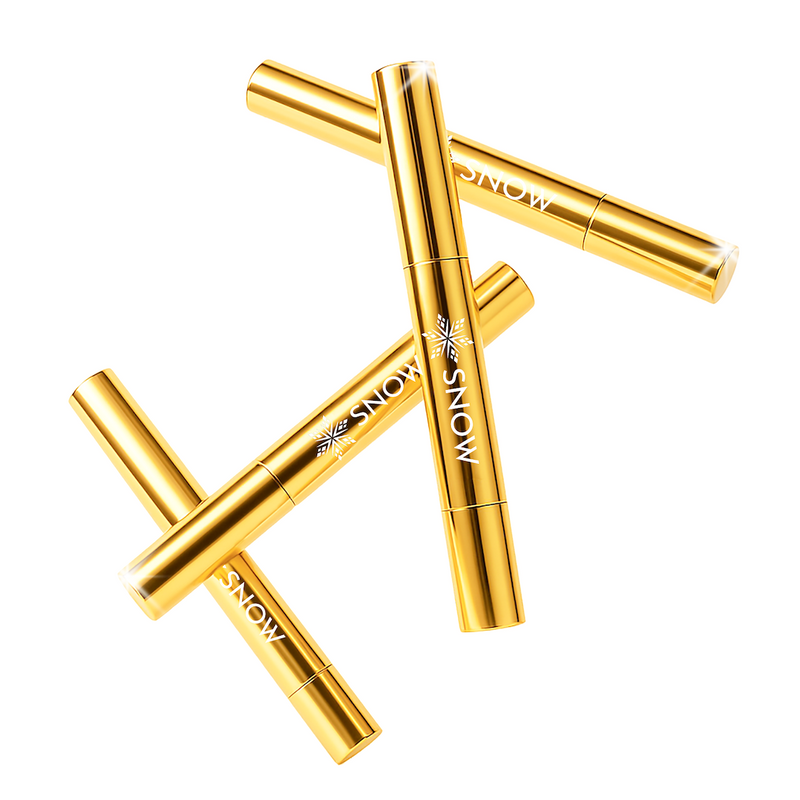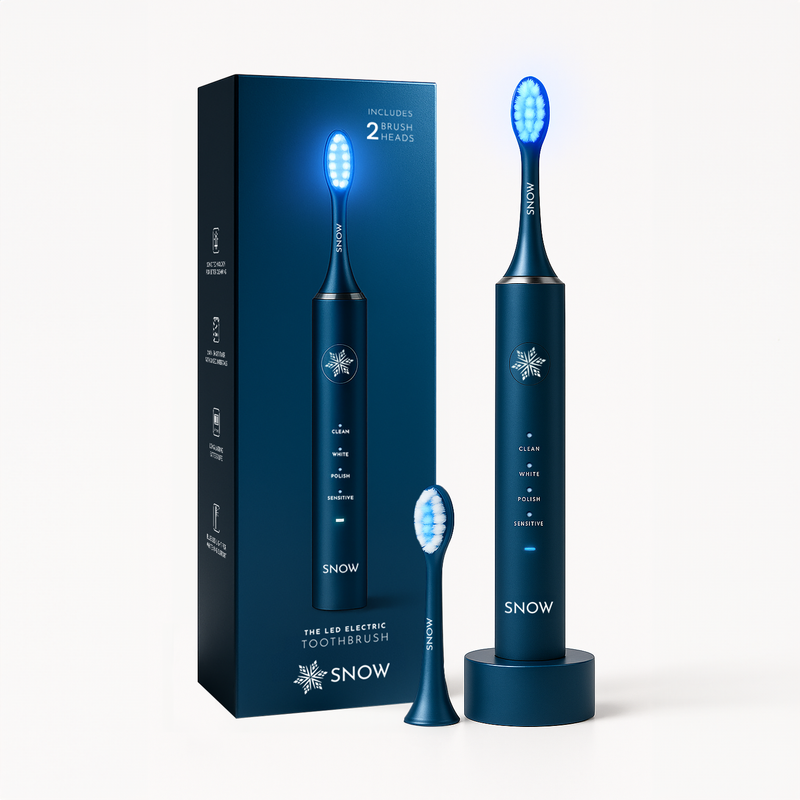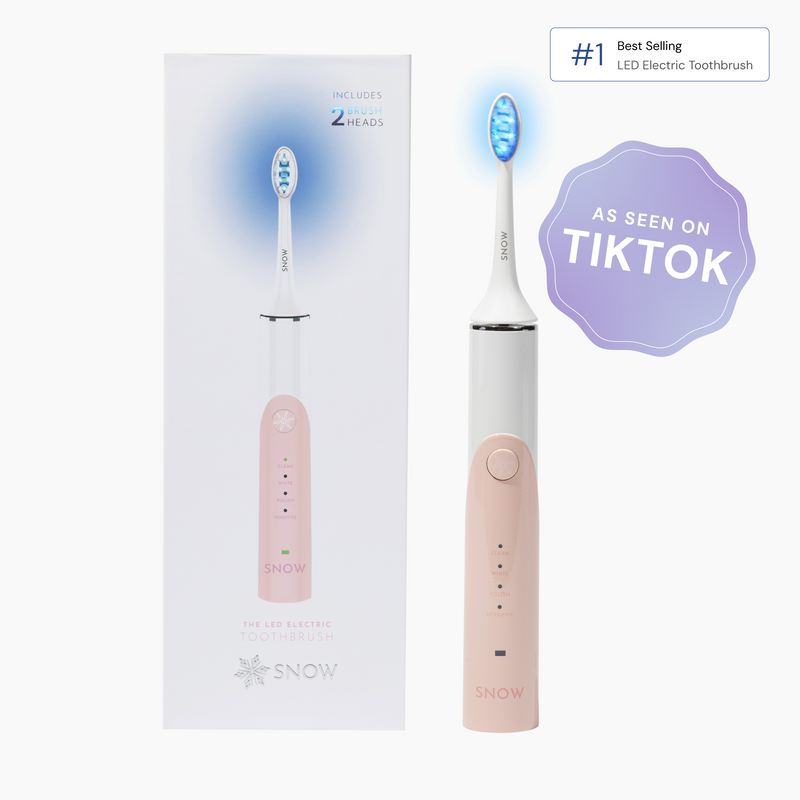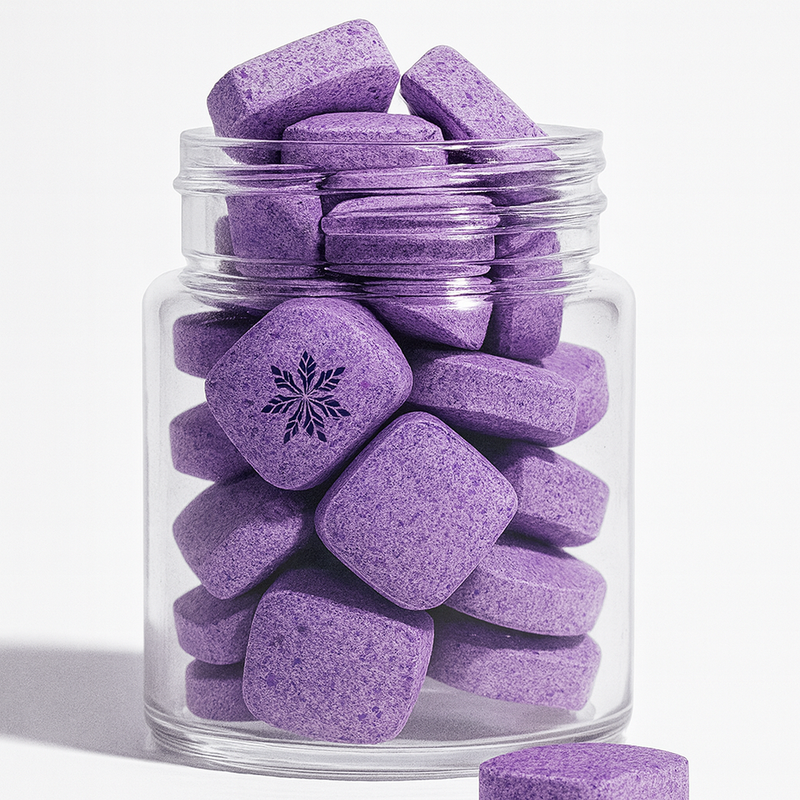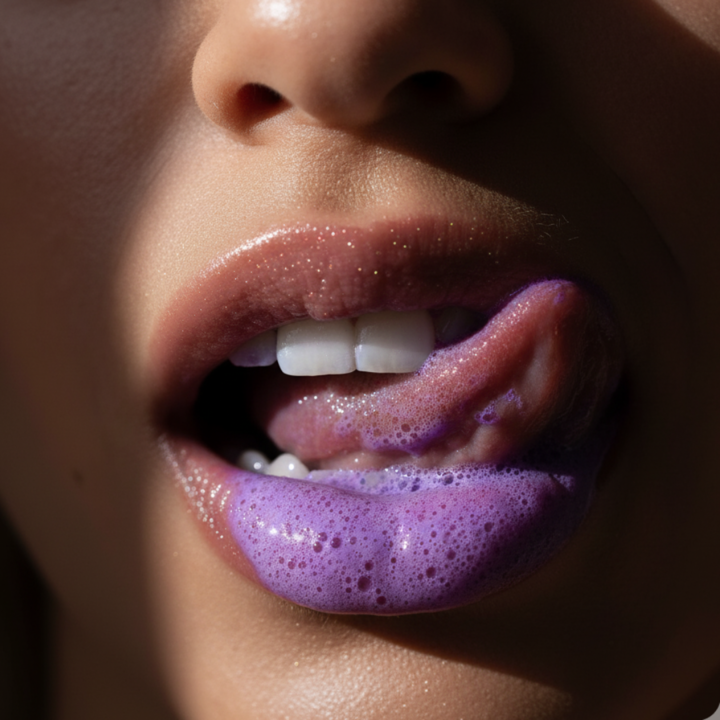Some ask, “how to floss under permanent retainer without threader?”. The process can seem complicated, but it's completely manageable.
In this article, we'll discuss some of the best ways to floss under a permanent retainer, explore additional flossing methods like using a water flosser, and explain the purpose of flossing.
We'll also cover what to do if you experience bleeding while flossing and how to ensure your retainer remains clean and functional. Here at SNOW teeth whitening, we have the answers, whether it's how to floss with braces, do you have to floss with braces.
Let's dive into these flossing methods so you can keep your retainer and teeth in great shape.
What this article covers:- Best Ways to Floss Under Permanent Retainer Without Threader
- Other Ways to Floss with a Permanent Retainer
- What Is a Permanent Retainer?
- Is It Possible to Floss with a Permanent Retainer?
- What Is the Purpose of Flossing?
- What to Do If There's Blood When Flossing?
Best Ways to Floss Under Permanent Retainer Without Threader
Learning how to floss with permanent retainer can be difficult, but with some simple steps, it can become a seamless part of your routine:
- Cut a generous piece of floss to ensure you have enough material to work with.
- Gently thread one end of the floss under the retainer wire by using a back-and-forth motion. If you struggle to get the floss beneath the wire, try wiggling it slightly or using your fingers to guide it.
- Once the floss is under the wire, move it up and down between your teeth, ensuring that you reach all the way to the gumline. This helps to remove plaque and food debris from areas that might otherwise be missed.
- Repeat the process for each space between your teeth, taking your time to avoid damaging your gums or retainer. Over time, this method will become faster and more comfortable.
Other Ways to Floss with a Permanent Retainer
Flossing with a permanent retainer can be a bit more complicated, but there are alternative methods to make it easier. We'll go into detail on a simple, effective way to keep your teeth clean without using traditional floss.
Use A Water Flosser
Based on our observations, using a water flosser is one of the most effective and user-friendly methods for maintaining oral hygiene with a permanent retainer:
- Begin by filling the water flosser's reservoir with lukewarm water. You can also add mouthwash for added freshness.
- Set the flosser to a low or medium pressure if you're new to water flossing. Gradually increase the pressure as you get more comfortable with the sensation.
- Place the water flosser's tip between your teeth and direct the stream along the gumline and around the retainer wire. Make sure to angle the flosser at the spaces where the wire meets the teeth.
- Slowly move the water flosser from tooth to tooth, pausing briefly between each.
For a top-tier option, consider SNOW Water Flosser, offering three pressure modes to clean while being gentle on gums. Its collapsible design and USB-C charging make it portable, while the long-lasting battery allows up to 70 uses.
What Is a Permanent Retainer?
A permanent retainer is a thin wire that is bonded to the back of your teeth, typically the lower front teeth, to keep them in their newly aligned position after braces.
Unlike removable retainers, which can be taken out, a permanent retainer stays fixed in your mouth at all times. This type of retainer is popular because it offers constant support to your teeth, preventing them from shifting back into their previous positions.

One of the main benefits of a permanent retainer is that it's invisible to others, allowing you to smile confidently without the worry of a visible wire. Our research indicates that it also requires less effort to maintain, as you don't have to remember to put it in or take it out.
However, proper oral hygiene is crucial since food can easily get trapped around the wire, increasing the risk of plaque and gum disease if not cleaned regularly.
Is It Possible to Floss with a Permanent Retainer?
Flossing with a permanent retainer is entirely possible, but it requires a bit more effort compared to flossing without one. Since the retainer wire is bonded behind your teeth, it can obstruct regular floss from reaching the spaces between your teeth and gums.
What Is the Purpose of Flossing?
Our findings show that flossing plays a key role in maintaining your oral health by removing food particles and plaque from between your teeth.
Without flossing, you leave a portion of your tooth surface unclean, which can lead to plaque buildup, cavities, and gum disease over time.
This is especially important for people with braces or retainers, as the wires can trap more food and bacteria.
What to Do If There's Blood When Flossing?
Bleeding is often a sign of gum inflammation caused by plaque buildup. However, it's important to continue flossing gently, as stopping will allow the plaque to build up further, worsening the inflammation.
With consistent flossing, the bleeding should reduce and eventually stop as your gums become healthier.
If the bleeding persists after a week or so, it's a good idea to consult your dentist.

Conclusion
Flossing under a permanent retainer can feel difficult, but it's vital for keeping your teeth healthy and clean.
We've covered how to floss without a threader, other flossing options like water flossers, and why regular flossing is essential for preventing plaque buildup and gum disease.
This article also addressed the importance of maintaining your retainer and what to do if you notice bleeding while flossing.
For the best results, purchase your SNOW Water Flosser for a hassle-free flossing experience.
Did our blog meet your needs? You might also find our other guides helpful:
- Best Dental Floss
- Best Portable Water Flosser
- Best Travel Water Flosser
- When Is the Best Time to Floss
- Dental Tape vs Floss
- Dental Pick vs Floss
- Air Floss vs Water Floss
- Does a Water Flosser Replace Flossing?
- Does Water Flosser Remove Plaque?
- Does Water Flossing Hurt?
- Does Water Flosser Make Teeth White?
- How to Clean Water Flosser
- How Often Should You Water Floss
- Can a Water Flosser Remove Tartar?
- Can You Put Mouthwash in a Water Flosser?

















































